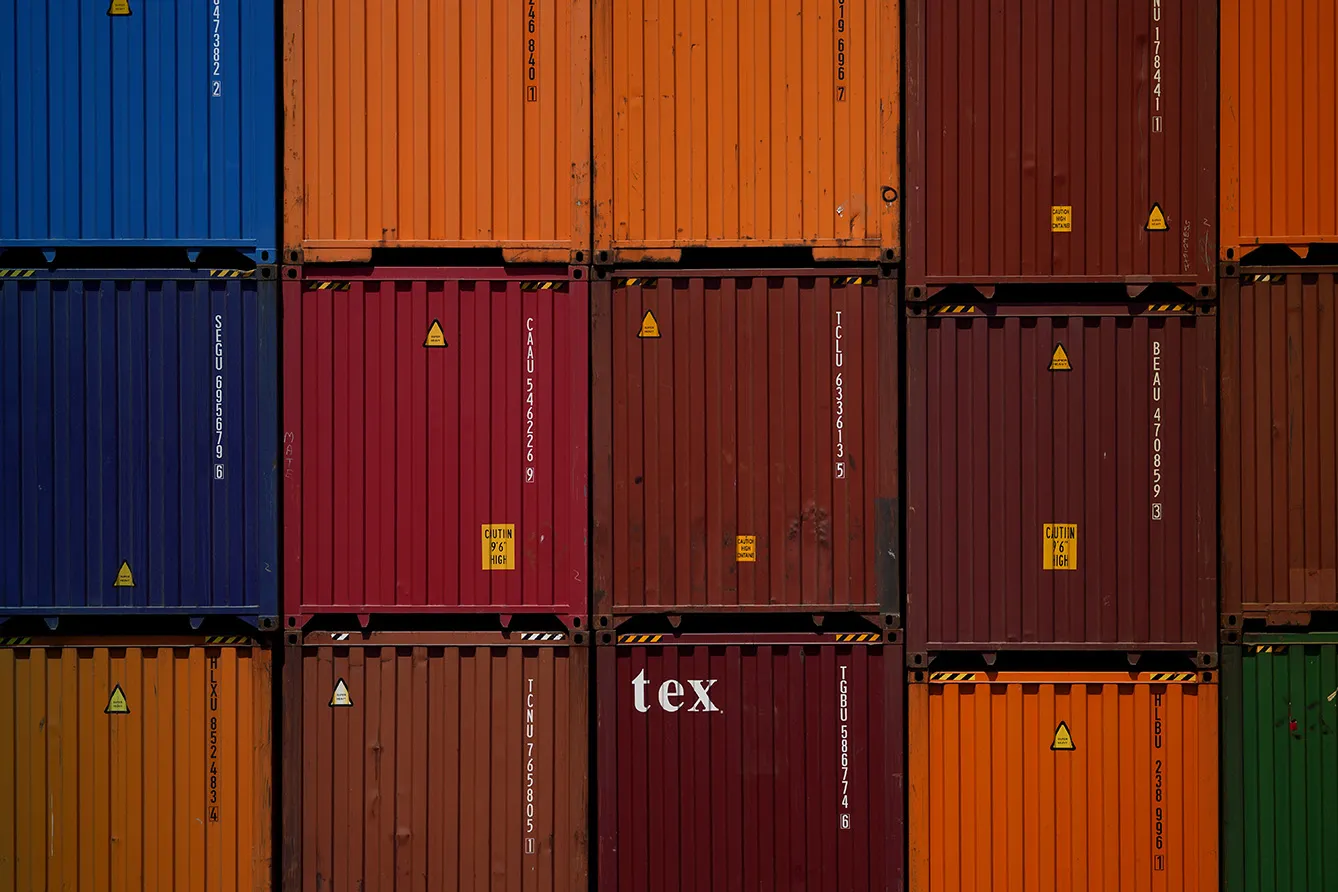Romanian lighthouses have guarded the Black Sea and Danube River for centuries, yet recent waves sparked by the conflict in Ukraine brought a renewed sense of purpose. With the tides shifting in the regional dynamics, Constanța and Galați (the largest on each of the bodies of water) were engulfed by exacerbated traffic, some failures, and the need to navigate efficiently towards a secure future.
Romania’s ports – Connecting Europe
When the war commenced, as Ukrainian ports shut down, many ships stranded en route in the Black Sea opted to dock on Romanian shores, waiting for the situation to improve. Thus, Constanța (merely 300 km from Odessa) saw its infrastructure jammed by these inflows, introducing round-the-clock management, rerouting towards other coastal and Danube ports, and reopening land routes and warehouses to send surplus cargo.
After the initial storm, Constanța, Galați, alongside other ports, were interconnected by rail and freight operators with national and international shipment hubs to manage distribution. To expand the network, some regional projects were streamlined, including the complete overhaul after 22 years of Galați’s broad-gauge line, essential for operating Ukrainian trains, improving Constanța’s 300 km railways which serve the port’s 400 lines, securing EUR 1 bln from Connecting Europe Facility for road reorganization, amongst others.
Although these measures successfully managed the container surge, as the conflict prolonged, it became more apparent that long-term, substantial, and innovative solutions were needed. Hence, Romanian authorities included Constanța, Galați, and a few other ports into the list of European priorities, through the two overlapping European corridors of transport appointments and Trans-European Transport Network programs, hoping to reposition the region.
Right where you need them
Due to their strategic position (closeness to Ukraine, vicinity to Trans-Caspian International Transport Route, Georgia, and Azerbaijan’s new frameworks, etc.), interoperability and integration with the Danube, alongside economic prospects and security relevance, made them an integral part of Europe’s architecture.
Moreover, even if an old aphorism states that Romania’s most peaceful neighbor was always the Black Sea when it comes to securing EU and NATO’s Eastern flank, the area’s importance was underlined throughout the war. As patrols were increased in the Economic Exclusive Zone, especially after Snake Island’s fights, located merely 50 km from Romanian beaches, several allied forces were deployed for exercises and the reinforcement of the Istanbul Accord’s passage corridors for Ukrainian exports through the sea. After that, even the European Council approved over EUR 60 mln in investments for enhancing Constanța’s defense mobility capacities.
These realities might become the norm, as data suggests a rerouting of traffic favoring the area. Constanța, in 2022 alone, registered an average 20% increase in maritime and riverine ship stops compared to last year. This translated into the port’s largest volume of goods ever operated, with roughly 75 mln tons passing through (a 26% y/y growth), out of which roughly 12 mln tons were grains from Ukraine (Romania covering over 60% of its transit towards the EU).
A sea of connections
Albeit the need to find normative solutions to carry non-EU goods in such quantities, the trend seems to be even higher in 2023, as just trimester one amounted to 19 mln tons (a 10% y/y and 200 thousand TEU (a 17% y/y increase). A growth pattern which, according to the most recent available data from Eurostat, is the 15th (by tonnage) and the 4th fastest growing among them within the previous decade (61% of growth).
Although adjusted to their fluvial sizes, Romania’s pearls on the Danube River, including Galați port, witnessed similar increases. With a budget allocation exceeding EUR 100 mln, the latter began constructing Europe’s largest river container port, seeking to dock ships as big as 15,000 tons in a few years. A multimodal platform should also merge Galați’s docks, interconnecting management divisions, cargo handling spaces, rail networks, storage facilities, and road routes. Also, several highways, expressways, and detours were commissioned around the city to keep up with the six-fold increase in trucks last year.
Otherwise, Romania reached a bilateral agreement with Moldova to allow the usage of Galați facilities for their own vessels, partially taking some of the strains put on their sole port – Giurgiulești. Next to it, Isaccea, a relatively medium-sized fluvial port, doubled its capacity to 400,000 tons of cargo annually and expanded over 18.000 sq meters, becoming Romania’s 5th Danube maritime port. As the sun shines on Romania’s maritime endeavors, what will remain after these waves of challenges and opportunities pass will strongly depend on the national and international currents.







